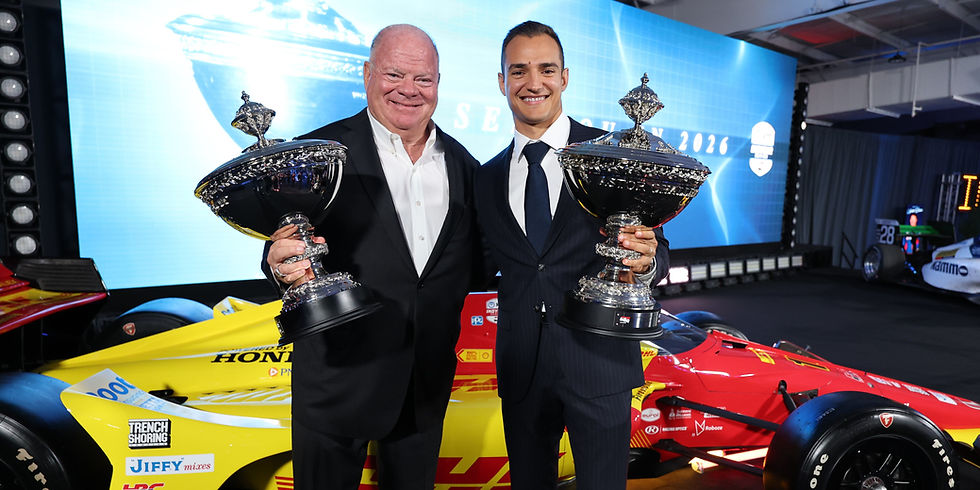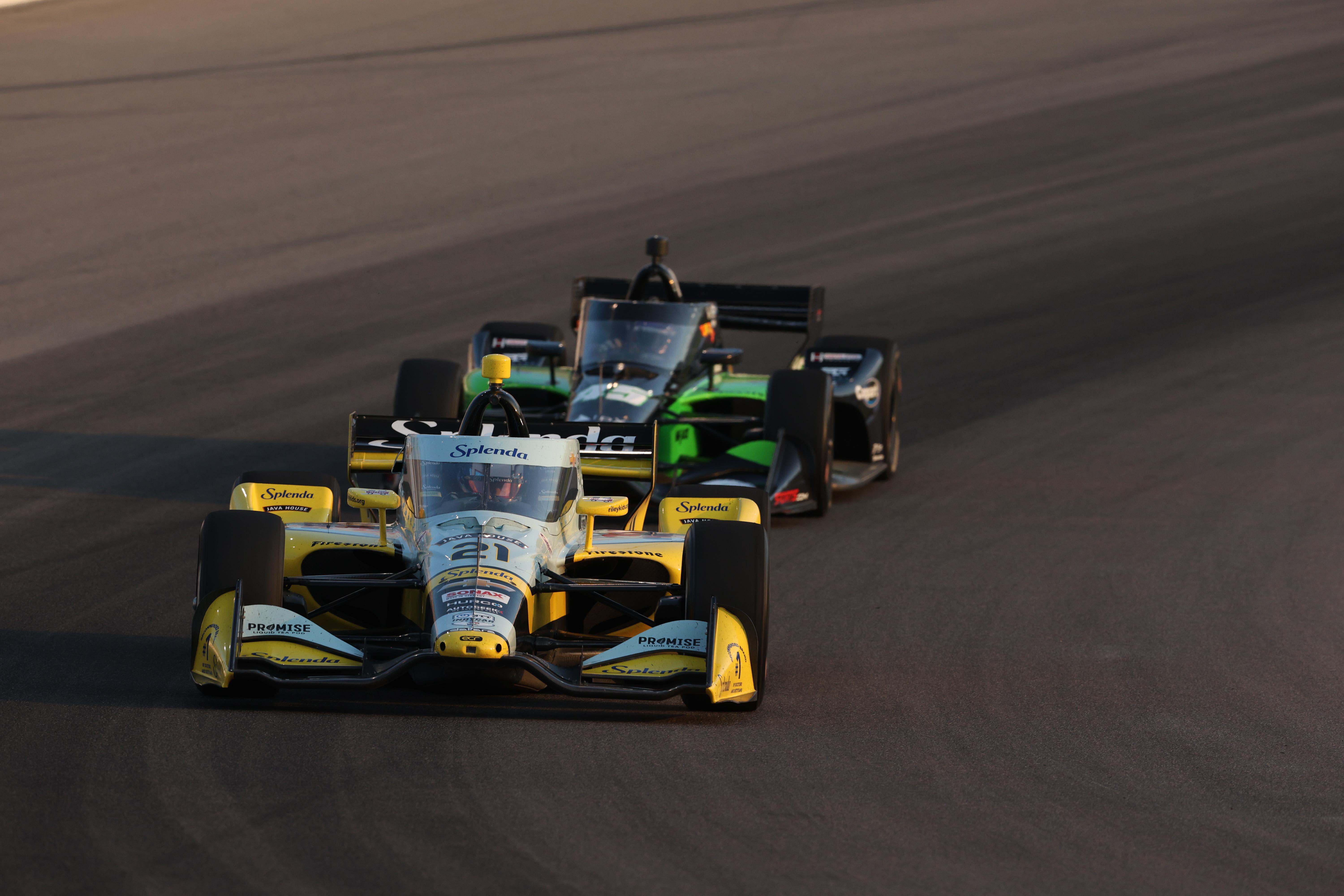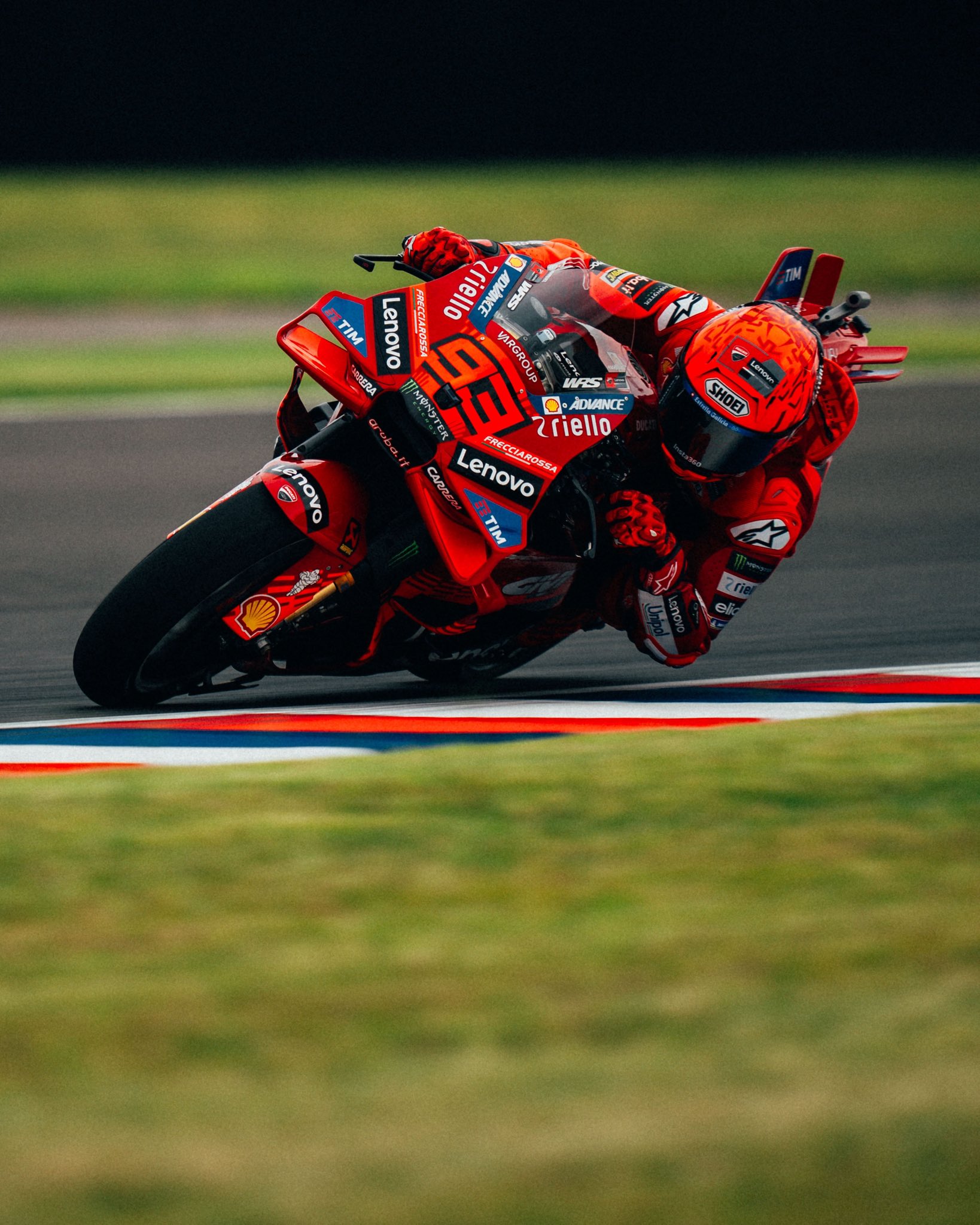The end of an era: Christian Horner’s Red Bull stint concludes with £80 million settlement
- Kavi Khandelwal

- Sep 23, 2025
- 3 min read
Written by Kavi Khandelwal
An era of modern Formula One came to its dramatic end with the departure of Christian Horner from Red Bull. In 20 years, Horner created an entire motorsport dynasty with eight drivers’ championships and six constructors’ championships.

However, the sudden availability of the Briton came after a bleak period of internal controversy and the declining on-track performance. A substantial agreement, reportedly worth up to £80 million or $100 million and cleared him for a return to the F1 market as early as the summer of 2026, has led to his final exit from the team.
This could be the most significant leadership opportunity for other teams in the paddock as Horner comes with abundant experience and knowledge. It is now only a question of where he will go next.
End of Reign
Within 18 months, Horner’s two decade reign untangled. It began in February 2024 when an investigation took place into his conduct. While he cleared it, it created a destabilising rift within the team.

This turmoil manifested on track as Red Bull lost the constructors’ title in 2024 and finished third in the official standings, despite winning the drivers’ title. The decline accelerated in 2025 as the RB21 proved to be very tricky, with the team falling to fourth in the current championship.
The crisis expanded as design genius Adrian Newey and Sporting Direction Jonathan Wheatley left the team after 2024. This only caused a fatal fracture in the organisation.
On 10th July 2025, the official announcement came of Horner leaving Red Bull, and the final act came on 22nd September 2025 with a confirmation of the settlement that ended his tenure.
Legacy of Control
This is an opportunity for teams to seize. Horner comes with both genius and risks, and the remaining teams must consider the Briton in their future plans.

His greatest asset remains the proven ability to build a championship organisation from scratch, attracting generational talents and overseeing two distinct eras of dominance.
Martin Brundle famously called him a “pantomime villain” as he masterfully controlled the media narrative to shield his team. Afterall, Horner was a true political operator.
This desire for overall control was a double-edged sword. Criticisms regarding Red Bull becoming a ‘one-driver team’ rose fiercely as the car was so heavily designed and tailored to Max Verstappen’s abilities. Due to this, a succession of talented teammates struggled to adapt to the car.
As the external pressure grew, the centralised power structure became brittle. Horner began alienating senior figures, which contributed to the eventual collapse of his reign.
Future Options
While 2026 is a guaranteed return for him, there are few teams that would be a realistic fit for his leadership.

Alpine is one logical option now that there is a leadership vacuum after the departure of the previous Team Principal Oliver Oakes. Reports also suggest that the ownership stake for the team is available. This could give Horner the total control he desires. His friendship with Alpine advisor, Flavio Briatore, is also a powerful internal ally that could assist this move.
One main complication that stands in Horner’s way is that he would essentially become a Mercedes customer, meaning he would have to form a partnership with arch-rival Toto Wolff.
Aston Martin could bring a reunion with Adrian Newey, and the prospect stands as a true possibility. However, this move would be politically impossible, seeing the team’s inherent interest in signing Verstappen.
Any other paths, such as a role in F1 governance or media, seem to be ill-suited for his competitive nature.













Comments